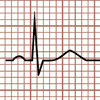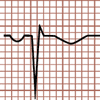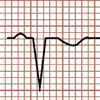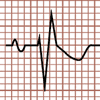QRS polarity: Positive, Negative or Biphasic?
QRS complex polarity is important in order to determine the QRS axis, when the QRS polarity in leads I and III allow us to quickly estimate whether it is normal or not.
Also, a predominantly negative QRS complex in precordial leads should spark a suspicion of abnormalities of the heart anterior wall.
But, when is a QRS complex positive or negative?
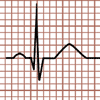
Positive QRS Complex
When the amplitude of the largest positive wave (R or R') is larger than the amplitude of the deepest negative wave (Q or S).
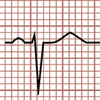
Negative QRS Complex
When the amplitude of the largest positive wave (R or R') is smaller than the amplitude of the deepest negative wave (Q or S).
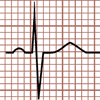
Biphasic QRS Complex
When the amplitudes of the largest positive and deepest negative waves are similar.
Electrocardiographic meaning
When the QRS complex is clearly positive, it means that the electric impulse flows towards the lead; if the QRS complex is negative, the impulse flows away from the lead; if the QRS complex is biphasic it means the direction of the impulse is perpendicular to the lead.

